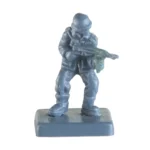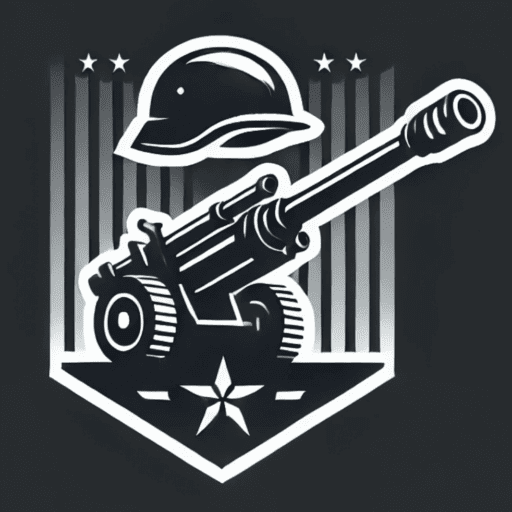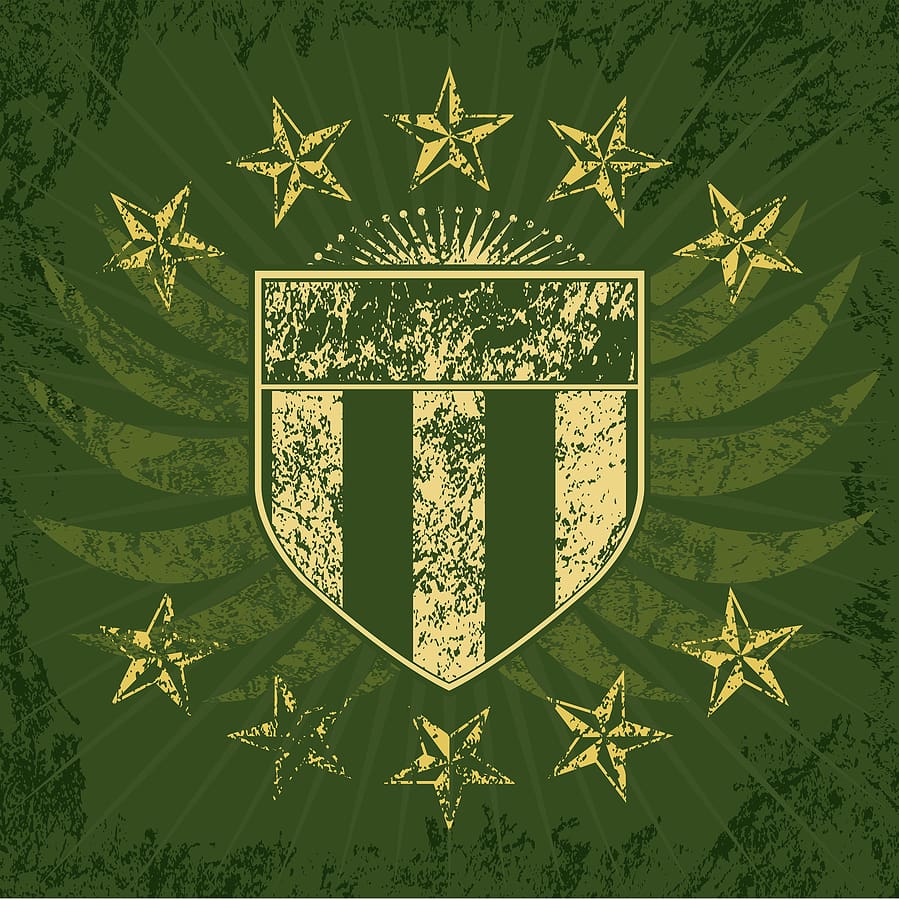Memoir 44 Attack & Defense Considerations
Attack Considerations
AMBUSH?
If you suspect that your opponent may have an Ambush card in his hand, and you have two or more units ready to attack, then attack with your strongest units first. If s/he can’t wait and use it immediately, your strong unit may survive the ambush, leaving your weaker units alive as well.
DECISION-MAKING FACTORS
When trying to decide between actions, factor in these elements:
- Position – of all your troops on the battlefield
- Retaliation – what can the enemy do, if the attack fails?
- Response – what kind of cards to you have left in your hand with which to respond to the retaliation?
DO NOT BLAME THE DICE!

We have all done it, but every player faces exactly the same vagiaries of the dice. Sometimes they smile upon you and give you way more hits than you deserve. Other times you are clearly cheated by the law of averages. But the reality is, we must plan for it either way. A good player makes provision for the possibility that the dice will not go his/her way. You must play your cards and make your moves with this consideration in mind. This is what separates the good from the great players.
 OPERATIONAL PHASES
OPERATIONAL PHASES
The order of troop deployments is an important strategic consideration. Here is the general phase of operations (exceptions of course exist) [ from the Tactics & Strategy Guide ]:
Phase 1 – Degrade enemy resistance with artillery and aircraft
Phase 2 – Armor attacks from a distance
Phase 3 – Infantry moves in rapidly
Phase 4 – Close Combat
Phase 5 – Mopping up with armor overruns or capture of key territory.

OPTIMIZE THE DIFFERENCE
Optimize the difference betwen your attack and the enemy retaliation.
Think of a turn as not just your movement and dice throws, but also of your opponent’s retaliatory response. A determination must be made of how many dice you can throw in attack vs. how many your opponent can thow in retaliation.
You may choose to fire at a distance with less dice, in order to reduce the number of dice with which they can retaliate. So, for example, instead of doing a close assault with three dice against a fully staffed infantry of four figures in the woods, perhaps one at a distance is the safer course of action.

PREMATURE ATTACKS
A common mistake of new commanders is to attack too soon; before the troops are in place, and before you have the right combination of cards for a sustained attack. Napoleon was a master at provisioning his troops. He made sure he had all the supplies, ammo, and food he needed for a sustained attack. You need to make sure that you have cards in place, and the troops positioned for a powerful attack before you begin.

SINGLE UNIT ATTACKS?
If you cannot afford the loss of any more VP’s, then you need to retreat your weak units.
However, if it is early in a long scenario of six or more VP’s, and especially if you are ahead, then a suicide attack may be worth it.
Tactical Considerations:
- Concentrated Firepower: Focus fire on one flank or the center to maximize chances of breaking through and avoid splitting forces too early.
- Avoid Overextension: Tanks are powerful but vulnerable to infantry in close quarters, especially in terrain like villages and forests.
- Artillery First: Always use artillery to soften up enemy units before advancing tanks or infantry into contested areas.
Defense Considerations
Remember that Memoir 44 is a primarily offensive-focused game. You do not gain any points while you are defending against enemy attacks – except in the occasional successful Ambush card.
But you must be prepared to defend yourself for half the game, and how best to do that will help you move up in the rankings.
With every attack you make you must consider the consequences if it fails. How prepared are you for the enemy counter-attack?
———————————————————-
![]()
DEFENDING AGAINST ARTILLERY
For Artillery, Alexis Beuve in the “Memoir 44: Tactics and Strategy Guide” refers to zones of fire. Two, Four, and Six hexes away all have different considerations.
- Any troops within the two-hex Zone of Fire, is going to be destroyed pretty quickly by the hyper-powered 3-dice-rolling Artillery.
- At the 3-4 hex Zone of Fire, you are subjected to ‘full-power’ two-dice-rolling artillery which, as always, can ignore any towns, hills, forests, or hedgerows in which you think you are safely hiding.
- The only safe maneuver around Artillery is at five hexes away, where you are only subjected to single 1D throws at your troops.
The exception to this is, of course, is if you have weakened the Artillery through Barrage, or Air Power, or Behind Enemy Lines, and feel that you can quickly mount an attack against the one remaining figure.
Outside of this consideration, your defensive strategy must consider the Zones of Fire from Artillery.

DEFENSIVE POSITIONS
In games where one side’s forces are dug into defensive positions, those players should be wary of moving pieces into the open ground. The trade-off is between well-defended single units vs. more attacks and being able to put up a more solid front. Nevertheless when infantry is out-numbered or out-ranged (i.e. tanks, artillery), open land will still get them slaughtered. If one chooses to make a stand in the open, sandbags are nearly essential. Better to shelter your units in clusters of hexes with terrain or obstacle protection, and be wary of Air Attacks.
[~AdmiralFrigate]

PAYBACK DEFENSE ATTACKS
This is listed in the defense section because you will encounter situations where the enemy pushes deep into your territory, locks your units up against the back border and begins to pummel them to death. In these cases, your most important priority is to put together a payback response. If you cannot do it in just one, or at most two turns, you may very well lose the battle. This means finding the right combination of cards, so that you can get a universal focused attack on the offending unit. It is most often going to be an armor unit, so you look for these weaknesses:
1) He is so deep in your territory that he is alone with none of his other forces nearby.
2) He is over-extended with weak forces trying to support this one powerful armor unit.
3) He has played at least two cards against you in the same section.
What is your response:
1) Block his retreat
2) Ignore all danger.
(Unless you are within 1 medal of losing, bring in everything you’ve got even using infantry to attack armor directly.)
3) Attack with every single unit at your disposal.
4) Get payback!
————————————————————————–

SCORE: Apparent Strength vs. Actual Strength
How to judge what the actual battle status is. Sometimes when you are playing Memoir 44, your opponent will gain victory points on you, and it may appear that you are one or two VP’s behind. But maybe not. Here are some clues to judge the strength of your position:
Your position is stronger than you think wiht these considerations:
ENEMY
1. Your enemy has several units, in close combat, with only one or two figures per hex.
2. Nearby armor has only one figure.
CARDS
3. You have in your hand one or two powerful cards, which almost guarantee a kill; cards such as Barrage, Behind Enemy Lines, or Their Finest Hour.
TERRAIN
4. Your weak units are safely away from any powerful enemy attacks.
5. You have positional control of much of the battlefield.
In these situations, your situation is not as dire as it may appear. With wise movements, and a fair amount of luck, you can recover and win!
————————————————————————–
SINGLE-FIGURE DEFENSE
Even a lowly single-figure unit has three benefits which should not be overlooked:
1. Victory Medal
Obviously, this is most critical. Do not lose that single-figure unit, or you will be giving your opponent a VP.
2. Attack Ability
Remember that even a single-figure unit has a full attack ability. A one-infantry-figure unit fires with as much firepower as a full-force four-figure unit. They can be deadly if the enemy ventures too close.
3. Defensive Ability
Because your unit is nearby, maybe in the forest or in a town, it does affect the enemy’s ability to move in and infiltrate a section. Your sole survivor can alter the direction of a battle by being a deterrant force where it resides.
————————————————————————–
WEAK UNITS
What is the definition of a weak unit?
An Infantry is considered weak once it is at 50% power (two units typically) or less.
An Armor is considered weak once it is down to one figure (33% likelihood of a kill).
Since an Artillery can only be hit 17% of the time with a grenade, it is not weak even at one figure unless it is in a no-retreat position, which would create a 33% likelihood of a hit.


